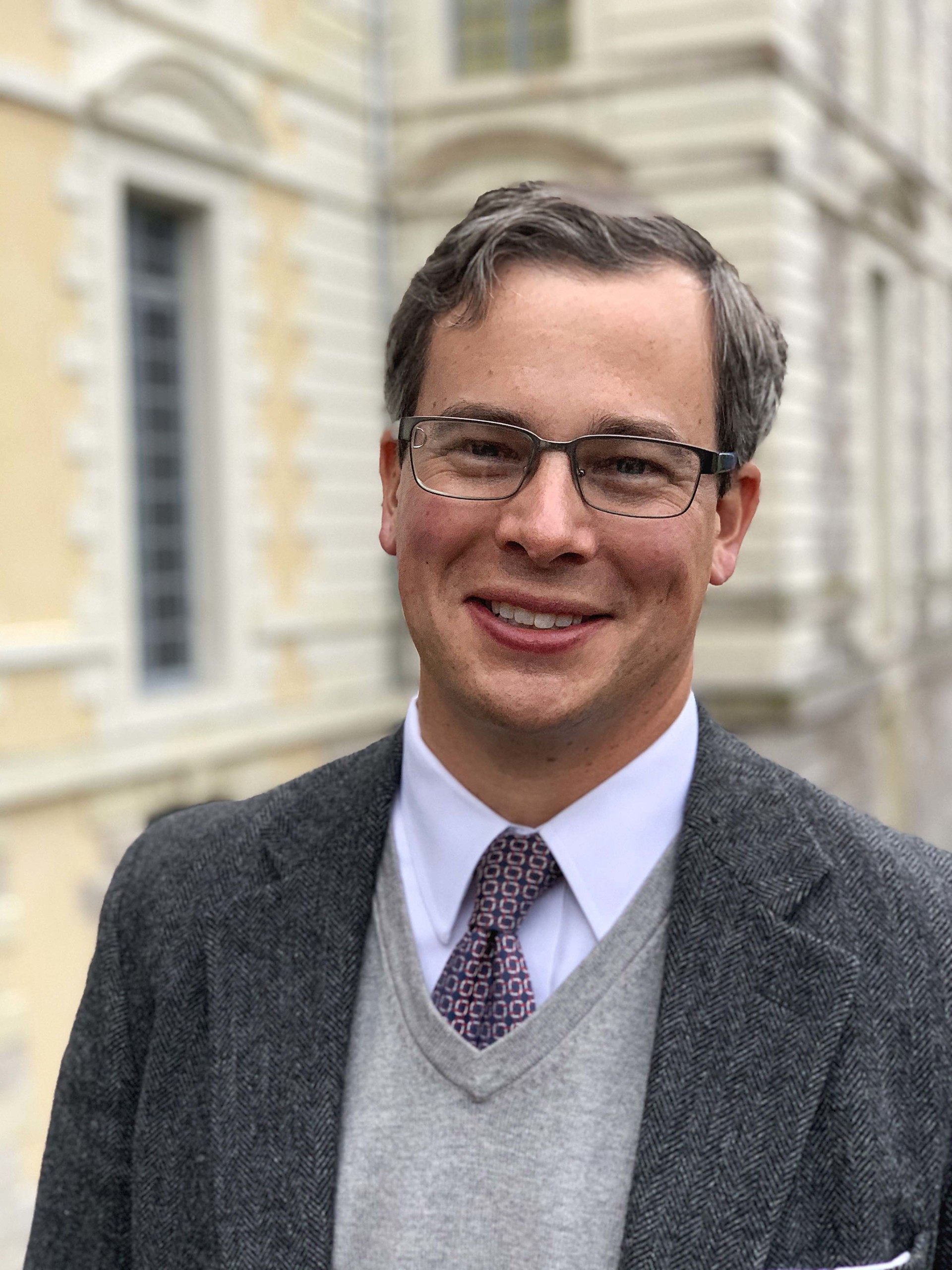
It’s been ten years since Matt Thurlow stepped into the role of executive director of The Decorative Arts Trust, a Pennsylvania-based nonprofit organization dedicated to promoting and fostering the appreciation and study of the decorative arts. To mark this anniversary, Antiques and The Arts Weekly sat down with Thurlow for a look back at what he’s achieved, and to get a preview of what he hopes to do in the coming years.
Congrats on completing 10 years as executive director of The Decorative Arts Trust! In this time, what would you consider something you’re most proud of?
I am proud of how the Trust has developed across the board, but the exponential expansion of our Emerging Scholars Program is particularly near and dear to my heart. My first year with the organization, we offered assistance to 10 graduate students and young professionals and now aim for 50 per year. This growth was enabled by the generosity of our members and strategic guidance of our board, especially the committees that oversee our grant programs. The chance to fully fund two two-year internships offers an especially important springboard for future curators. In addition to keeping the Trust evergreen by infusing our activities with young, talented and enthusiastic scholars, the privilege of furthering their careers is a constant source of happiness and energy.
Is there a moment in The Decorative Arts Trust’s annual calendar you look forward to each year?
Building on my response above, our annual Emerging Scholars Colloquium in New York is always a treat. As much as I love exploring exciting destinations stateside and overseas through our Symposia, Sojourns and Study Trips Abroad, the Colloquium, a partnership with Classical American Homes Preservation Trust, is a simple and straight-forward program that reinforces the core of our mission to encourage the understanding and appreciation of material culture.

Matt Thurlow with, from left, Kevin Adkisson, Greg Wittkopp and Nina Blomfield, at Frank Lloyd Wright’s Smith House during the Summer 2023 Sojourn to Detroit and Cranbrook.
This might not be a moment you’re most proud of…but is there a particularly memorable moment you’ll never forget?
The return to in-person programs in late 2021 and early 2022 was such a joyous moment, especially the chance to realize programs that were twice postponed, such as our Spring 2022 Symposium in Kentucky. The opening lecture and reception fell on my birthday, and Sara Long and Forbes Maner kindly provided birthday hats and noise makers to share with their fellow participants. Kentucky contains a remarkable breadth of sites and is home to a wonderful collecting community. I could not have asked for a better destination for this celebration.
Growth is — hopefully — never finished. What areas do you want to see more growth or development into?
We follow the curatorial mindset of ‘more is more’ but always with strategic and sustained growth in mind. On the exploration front, we are eager to introduce our members to destinations further afield and throughout the Americas, such as Japan and Mexico City in 2025. Having introduced our Sojourn prototype in 2022, we are eager to see that model flourish. On the grant funding side, see below.
Is The Decorative Arts Trust doing new and exciting things in 2024?
The major initiative that we are debuting this year is a new publications grant program. This latest expansion of the Trust’s efforts to invigorate scholarship and broaden appreciation of material culture is a major initiative backed by Brock Jobe and Margaret Pritchard, the president and vice president of the Board of Governors, respectively. The endeavor will respond to the changing needs of the field and to support publishing efforts in both the print and digital sectors. We receive dozens of requests for funding each year for publishing-related projects through our Prize for Excellence and Innovation and Failey Grant program and have supported a variety of books through those awards. This new endeavor establishes a commitment to sharing important art historical research as broadly as possible. The Trust will allocate funding to two separate grants: to a first-time author or a PhD graduate who is converting their dissertation into a book-length academic publication; and to exhibition and collections catalogs and compilations of conference papers.
Beyond that?
The Trust’s board and staff are committed to a regular strategic planning cycle and will revisit that process in 2024, our third round during my tenure. These conversations are especially important for a small-yet-active organization. Half of our governors joined the board subsequent to the last retreat in 2019, and so much has changed within the museum field and society at large. Furthermore, the Trust will celebrate its 50th anniversary in 2027, which will serve as an important moment of celebration and reflection. There is nothing particularly sexy about strategic planning, but the objectives generated are of the utmost importance.
When we interviewed you in 2017 and asked about the most exciting developments in the decorative arts field today, you mentioned that the upcoming bicenquinquagenary in 2026 “should be a watershed moment for our field.” Have you seen that coming to fruition?
What has surprised me about the impending activities for 2026, which we now refer to as the semiquincentennial, is the lack of any coordinated efforts to unify or cross-promote initiatives in the cultural sphere. Or perhaps we are flying below the radar of those creating such partnerships. We are planning to introduce a digital resource to spread awareness of the importance of material culture in sharing stories of nationhood, statehood and related topics. As with so much of our work, we are highlighting key objects at a variety of institutions across the country that tell powerful stories about national, state or community identity.
If that isn’t still the most exciting development in the decorative arts field today, what is?
The field has fretted about the lack of a youth movement on the collecting front, and I hope we are gaining confidence that Millennials and others have not entirely turned their backs on antiques. Michael Diaz-Griffith’s acclaimed publication The New Antiquarians: At Home with Young Collectors provides printed documentation to refute this belief. And I also suggest the success and popularity of Ben Miller’s podcast Curious Objects provides an accessible, engaging and educational gateway for those eager to learn more about selling, collecting and curating objects from a broad geographic and chronological range.
You have two kids, now 12 and 9. Are they interested in antiques?
Possibly! Only time will tell. I certainly was not at their age, but my interest in American history propelled me in that direction. I have a handful of Eighteenth and Nineteenth Century maps, and we enjoy looking at them together.
—Madelia Hickman Ring




